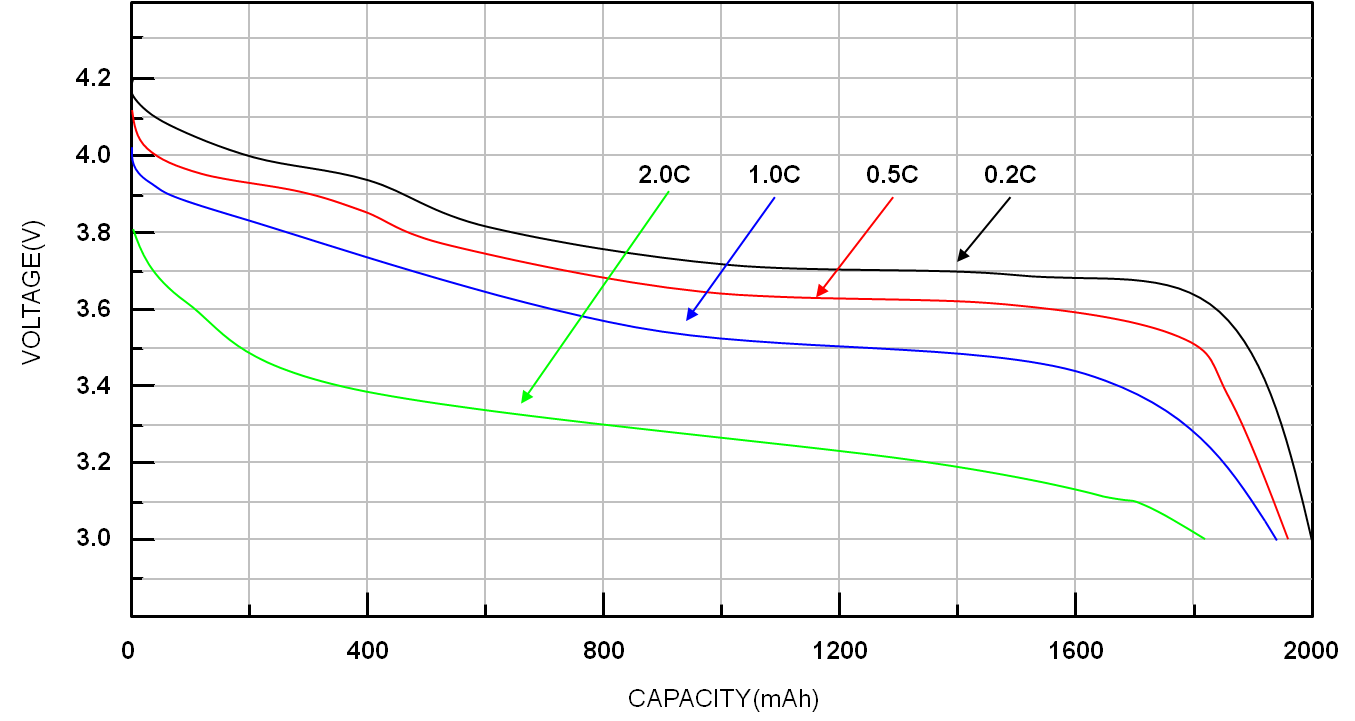I thought I would share what I've learned about batteries, lithium ones in particular.
Regardless of the type of lithium cells we are using there are a few parameters that make your battery better or worse.
Voltage is just the cells voltage added together. This varies with increasing load, downwards.
The capacity (which should be taken with a pinch of salt) is what it says , how much charge the cells can give you once charged.
This varies with increasing load, downwards.
The C rating, something a manufacturer puts on, hopefully a sensible number reflecting the cells ability to supply current.
Remember it's current that makes your motor spin and voltage that decides how fast it will go.
You cells have an internal resistance that matters because this is predominantly why a good cell will give high currents with lower loses, and a cooler cell. You do not want your battery to be the limiting factor, it will not like it.
Your battery pack of however many cells should you short it will provide many hundreds of amps, even the smaller lipos, esp those with a high C. Put a fuse (size it for your max motor current plus 10A) in to protect your wiring by all means, but what you really want is the battery disconnecting asap.
Your connectors will desolder in a few seconds and you don't want that incase the wires reconnect and then you have something incendiary.
The reason that Voltage reduces with increasing load is the cells own internal resistance, it's a combination of chemistry and other resistance in the cell.
As you draw more current the output voltage drops because of the IR and heat is produced. These losses are not linear. Eg at 10A the loss may be 1W but at 20A it would be 4W. At 40A it's 16W.
A poor battery will have more losses, get hot, puff up, catch fire .
A reason to use high torque motors you can get more power out of them or give the battery an easier life.
It's the same for the wires and the MOSFET. Oh and your connectors too, altho your wiring and connectors should be fine if you've moved on from tamiya.
The last thing I'll say about batteries for the time being is Thier mechanical robustness.
The pouch cells, non round ones can be easily punctured (the pouch containing the chemistry is thin plastic, wrapped in more thin plastic then covered in the brands thin plastic) which makes them useless once penetrated.
The round ones have good mechanical robustness but usually scary chemistry.
Look after the pouch cells, don't throw them around like people do.
Your round ones, usually lion, are in a metal can so can take more abuse.
Get a good charger, the cloned B8 I think it is works well and has cell IR measurements as a health guide.
Regardless of the type of lithium cells we are using there are a few parameters that make your battery better or worse.
Voltage is just the cells voltage added together. This varies with increasing load, downwards.
The capacity (which should be taken with a pinch of salt) is what it says , how much charge the cells can give you once charged.
This varies with increasing load, downwards.
The C rating, something a manufacturer puts on, hopefully a sensible number reflecting the cells ability to supply current.
Remember it's current that makes your motor spin and voltage that decides how fast it will go.
You cells have an internal resistance that matters because this is predominantly why a good cell will give high currents with lower loses, and a cooler cell. You do not want your battery to be the limiting factor, it will not like it.
Your battery pack of however many cells should you short it will provide many hundreds of amps, even the smaller lipos, esp those with a high C. Put a fuse (size it for your max motor current plus 10A) in to protect your wiring by all means, but what you really want is the battery disconnecting asap.
Your connectors will desolder in a few seconds and you don't want that incase the wires reconnect and then you have something incendiary.
The reason that Voltage reduces with increasing load is the cells own internal resistance, it's a combination of chemistry and other resistance in the cell.
As you draw more current the output voltage drops because of the IR and heat is produced. These losses are not linear. Eg at 10A the loss may be 1W but at 20A it would be 4W. At 40A it's 16W.
A poor battery will have more losses, get hot, puff up, catch fire .
A reason to use high torque motors you can get more power out of them or give the battery an easier life.
It's the same for the wires and the MOSFET. Oh and your connectors too, altho your wiring and connectors should be fine if you've moved on from tamiya.
The last thing I'll say about batteries for the time being is Thier mechanical robustness.
The pouch cells, non round ones can be easily punctured (the pouch containing the chemistry is thin plastic, wrapped in more thin plastic then covered in the brands thin plastic) which makes them useless once penetrated.
The round ones have good mechanical robustness but usually scary chemistry.
Look after the pouch cells, don't throw them around like people do.
Your round ones, usually lion, are in a metal can so can take more abuse.
Get a good charger, the cloned B8 I think it is works well and has cell IR measurements as a health guide.



